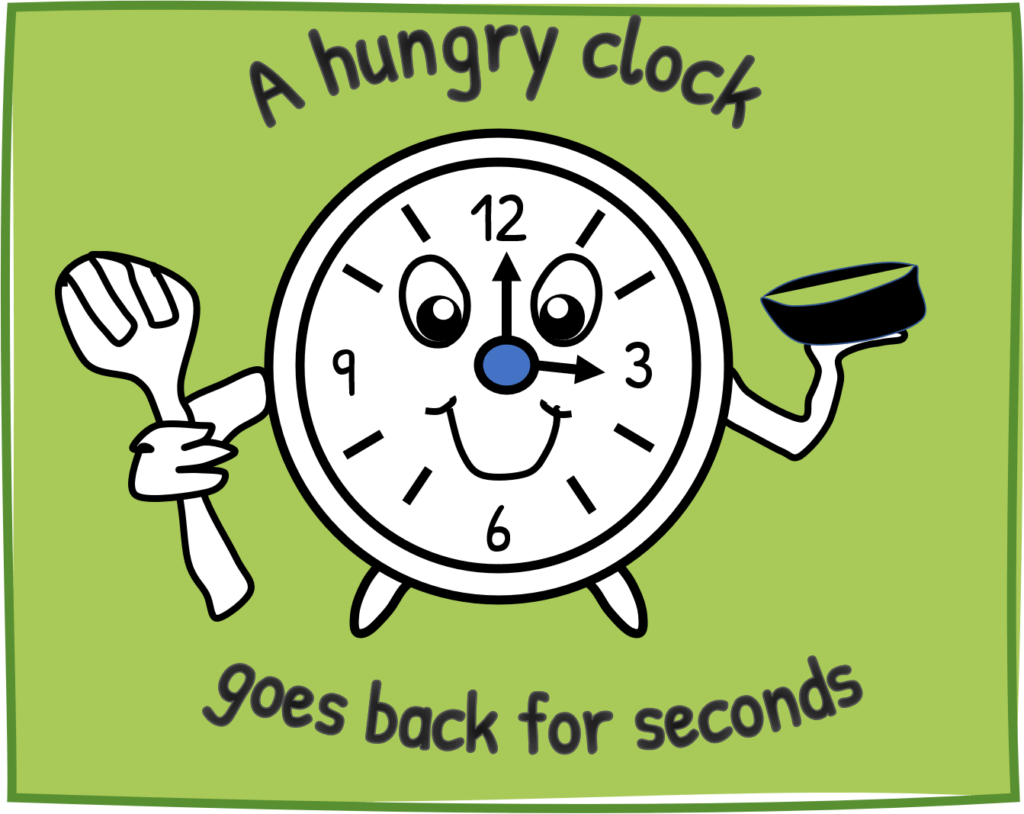Puns are not just fun and games
But don’t tell your students!

By KELLIE
“Getting students interested in and excited about words is a crucial component of literacy programs.” (Graves and Watts-Taffe, 2008).
Wordplay develops word consciousness and curiosity, motivates and engages writers, and develops understanding of words and how they work.
Puns are a common form of wordplay and the creation of puns can easily be incorporated into the language learning curriculum. As students learn about the ambiguities of words and the relationships between spelling, pronunciation, and meaning, they can experience the joy of manipulating language for comical effect.
Puns can be in a written, verbal or visual form and can be for either comical or rhetorical effect. They are a fun way to encourage writing as they exploit the different meanings of words that look or sound alike but have different meanings. Writing puns is an activity which requires students to focus their attention deliberately on words.
To compose puns successfully, students must be able to convey a ‘hidden meaning’ through the words they select. They must make word associations, understand connotations and contexts, and think flexibly about language (while being brave enough to break some rules!).
Perhaps most importantly, they must understand that in order to comprehend a pun, the reader/viewer must not take the words literally!
There are three most common forms of puns which are based on the interplay of spelling, sounds and meaning in different types of words to introduce to your students.
- Sound-alike puns based mainly on homophones or words that sound alike
- Look-alike puns exploiting homographs and homonyms
- Close-sounding puns relying on words or phrases that sound very similar
Sound-alike (homophonic) puns
Homophonic, or sound-alike, puns play with words or phrases that have different spelling and meaning but have the same pronunciation. These puns play with meaning by substituting a word with it’s homophone, creating a double meaning and are considered the most common form of a pun.
Homophones are plentiful in the English language, and exploring and understanding homophones is an expected learning experience in the early years of primary school curriculum.
Some examples of homophones are:
- their, they’re, there
- write, right
- to, too, two

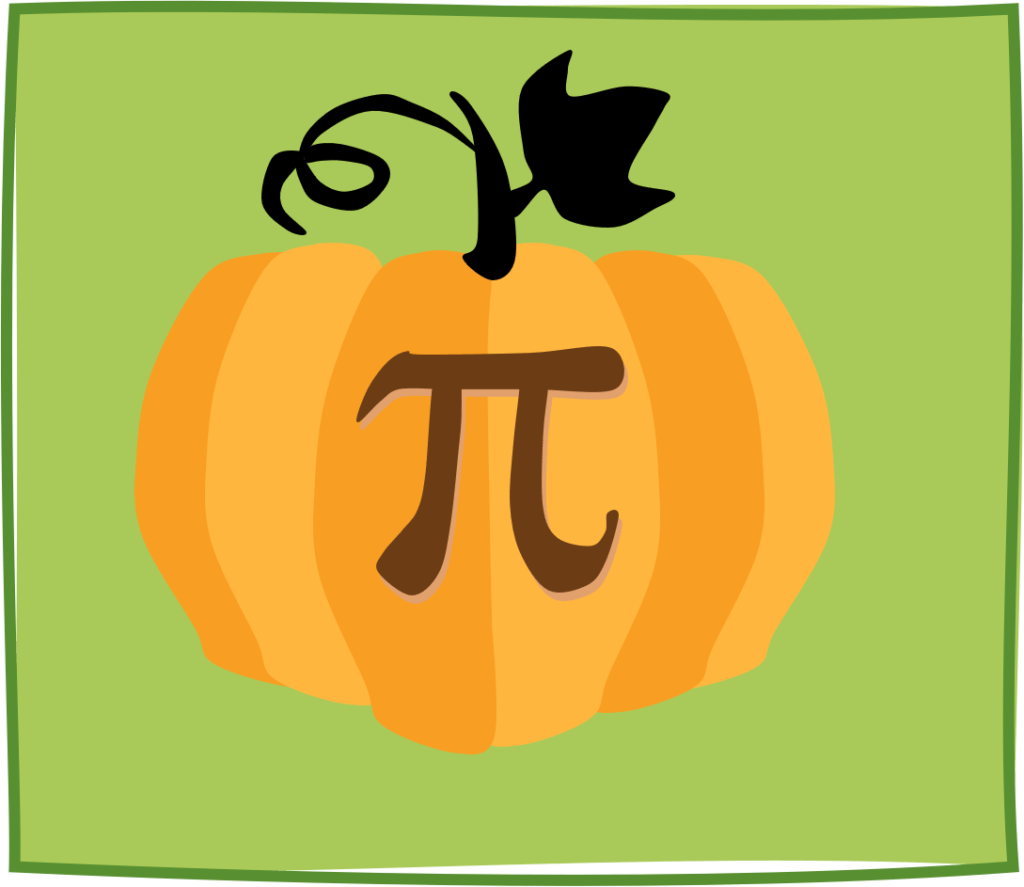
Lookalike puns
These types of pun are a phrase that contains a word that sound and look the same but have different meanings.
These puns rely on polysomic words, or words that have multiple meanings, and often play on homographs and homonyms.
Homographs are words that have the same spelling but have different meanings and pronunciation, and some examples include:
- bow (to curtsy) and bow (as in bow and arrow)
- tear (as in tear in your eye) and tear (to rip your clothing)
- right (as in correct) and right (as in the opposite direction to left)
Homonyms are words that sound and look alike, but have different meanings, and some examples are:
- duck (as in the bird) and duck (as in the ‘duck’ for cover)
- fly (move through air with or without wings ) or fly (insect) or fly (zipper on trousers) or fly (move quickly) of fly (colloquial for awesome)
Close-sounding puns
These puns are based on words that have different meanings and spellings, but sound similar, differing in only one or two sounds. They are achieved by replacing a close-sounding word or phrase with another similar sounding word, which might be a nonsense word.
They require making an association between the sounds of words that effectively have nothing else in common and therefore require a strong understanding of the English language.
Knock-knock jokes are examples of this type of pun or play on how words sound.
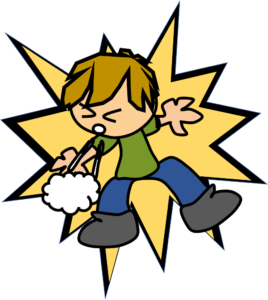
Knock. Knock.
Who’s there?
Ech.
Ech who?
Bless you!
Lems (2011) demonstrated the process of understanding the pun through a series of steps. To understand this pun, students must
- recognise and make connections with the replacement words and phrases (‘Ech’ connect this nonsense word and ‘who’)
- hear the other words in the sentence and connect with a plausible phrase that sounds similar (connect ‘Ech’ ‘who’ to the retort ‘Bless you’)
- recognise that this sound sequence can represent the word ‘Achoo’ (onomaopoeia) which connects plausibly with ‘Bless you!”.
To assist your students to understand the three word classes we have put together a set of posters explaining the subtle differences.
Each card includes a definition, illustrated example sentence and the word morphology.
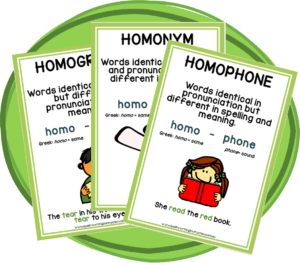
Do you love wordplay and puns? Each week we share a pun or joke suitable to share with students that explore the ambiguities of language across the curriculum.
Come join us in The Lounge and share your love of language!
“The Lounge” is Quality Writing Instruction’s Facebook group, where you can share ideas and get support from a fabulous group of like-minded teachers.
References:
Graves, M, and Watts-Taffe, S, 2008, ‘For the Love of Words: Fostering Word Consciousness in Young Readers’ in The Reading Teacher, 62, 3, pp 185-193
Lems, K, 2011, ‘Pun Work Helps English Learners Get the Joke’ in The Reading Teacher, 65, 3, pp 197-202
Whitaker, S, 2008, ‘Finding the Joy of Language in Authentic Wordplay’ in English Journal, 97, 4 pp 45-48
